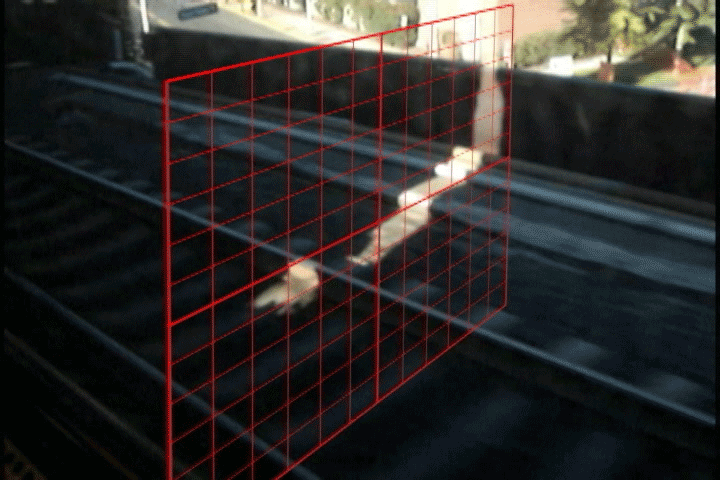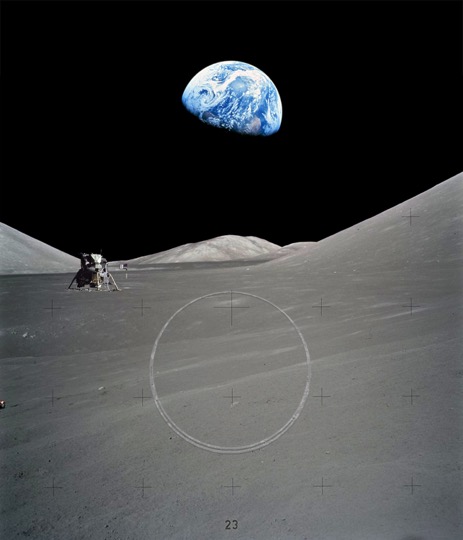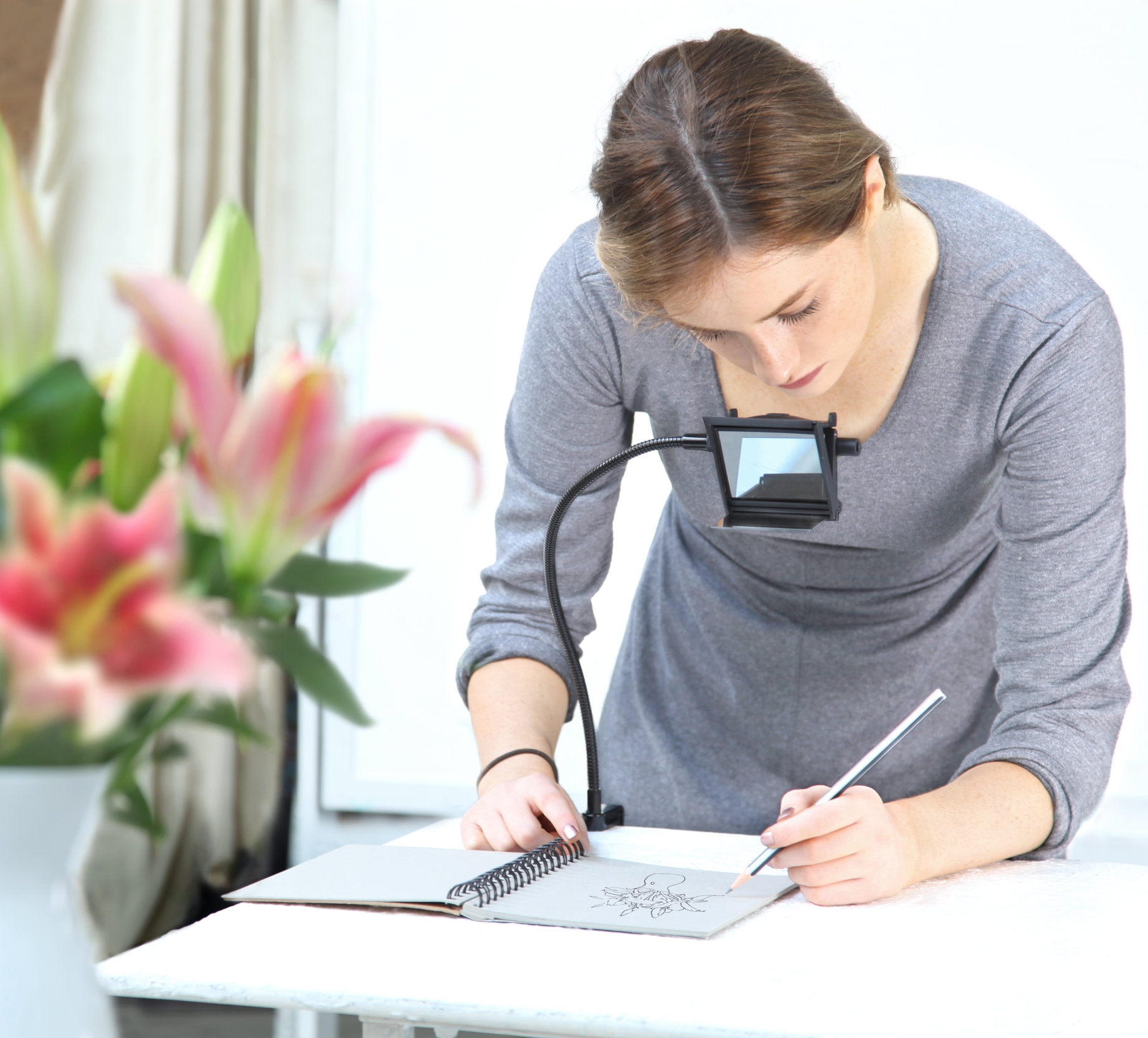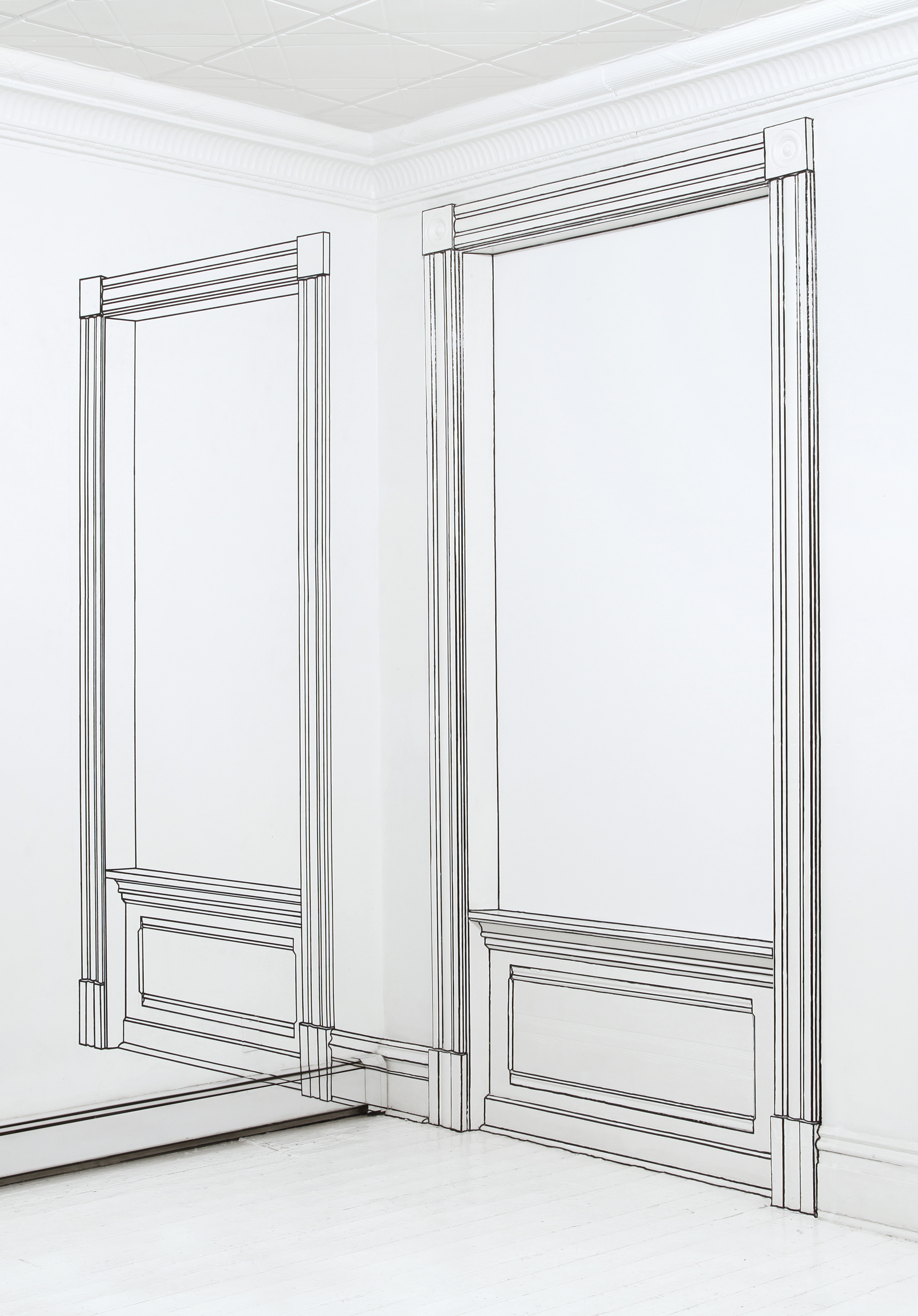Drawing history and drawing technologies are central to my research practice. In addition to projects you will find in my Work section, I draw and paint regularly to experiment with new techniques or to sharpen skills. Below is my Instagram feed highlighting graphite drawing and watercolour works. For more information, click on the below to view captions on Instagram. At the bottom of the page, find research projects related to drawing.
A personal reconstruction of small topographies.
Sectional Travelogue (Catalog of Trackside Profiles as Determined by Light and Shadow, Reconstructed as Individual Sections) documents a weekly early morning train trip I took for several years. The particular alignment of the train's orientation to the rising sun converted the gap between train cars into a sliver of sunlight that would rise and fall with the trackside topography.
Using an algorithm to skew the perspectival video footage to flat sections, the sliver of light become an accurate topographical section of this hour-long trip. Transferred to glass the sections recompile into a three-dimensional model of the trip.
Included as part of Parallel Projections, University of Michigan Architecture Gallery, 2008
Moon Marks is a proposed series of drawings on the moon.
Conceived as part of the Carnegie Mellon University Lunar X-Prize team, Moon Marks proposes using the rover tracks to draw on the Moon. One of the first activities that the rover might carry out on the Moon is a series of drawings to announce our arrival, and reflect on what it means to gaze back at Earth.
In the history of humankind, the desire to make marks, and tell a story through pictorial means, is fundamental. Ancient drawings on cave walls, made by artist over 50 millennia ago, serve as the earliest record of human culture. Just as the immortal boot-prints compacted by the first visitors to the Moon have outlived their makers, this series of lines, deliberately traced in the regolith, may last for many generations long after our civilization has faded away.
One drawing might be that of a large and venerable circle, among the most universal and broadly meaningful geometric figures in nature. On a large-scale, the circle circumscribes a space, implying the foundations of a dwelling, the perimeter of a sundial, or a portrait of Earth – the most prominent object on the lunar horizon. Smaller Moon drawings executed on the surface will be selected from among thousands submitted by children and adults, and narrowed down to the most popular using crowd-sourcing technologies allowing users to vote on their favorites.
Entering the room, an optical illusion challenges you: how many windows do you see?
In an exchange with its virtual self, one window multiplies to two. The line drawing on the wall is an illusion, made to appear as a partner to the real window when seen from the entry door. Its virtual makeup—lines drawn on the wall—mirrors the original window with corresponding lines.
To create the illusion, centuries-old techniques of perspective and anamorphic projection drawing merge with new computational methods. After measuring the room, digital models assist in aligning the illusion with the unique vantage point: the only door into the room. With the geometry established, key points mapped on the wall guide the hand-painted completion of the illusion. From the door, the illusion—a trompe l'oeil—renders the view of the false window as in line with the existing room. Once you walk into and around the room, the illusion breaks down, revealing the window illustration as a trick of geometry.
Site-specific installation, The Mattress Factory Art Museum, Pittsburgh





























